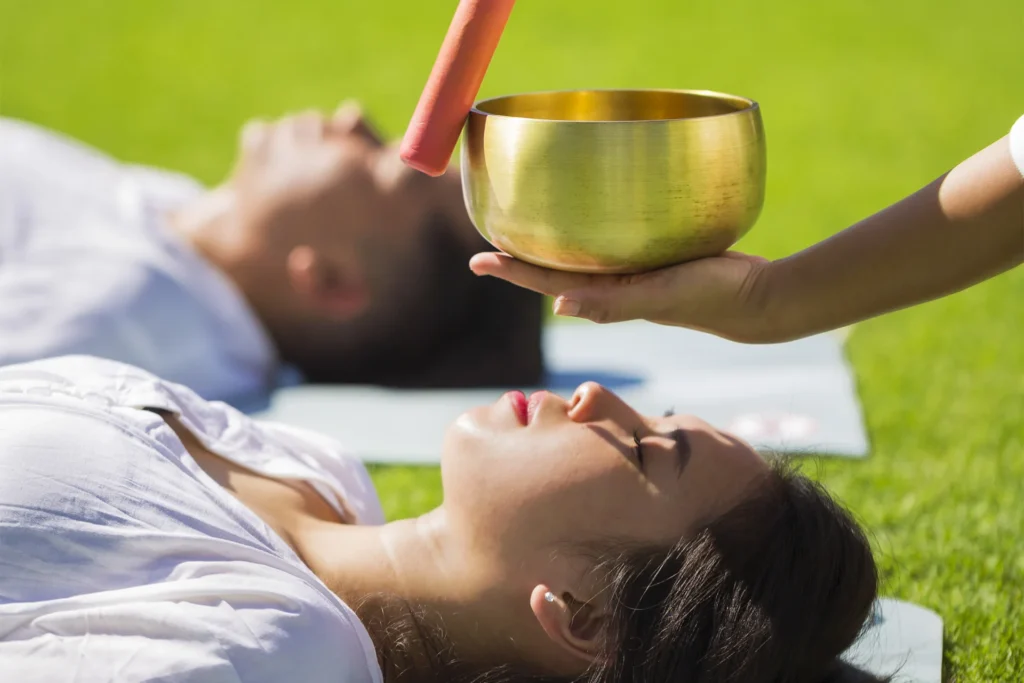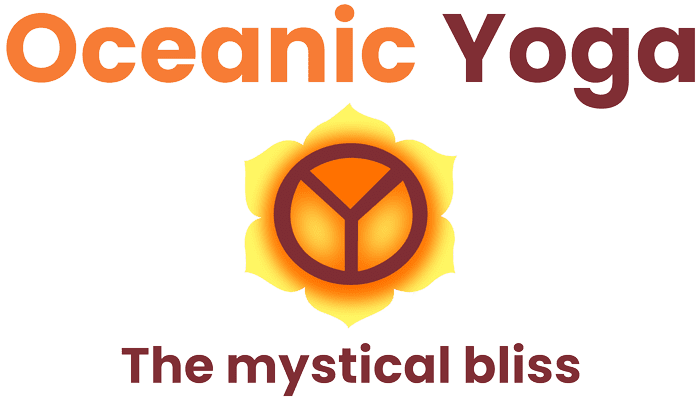Yoga helps in gaining a healthy life. It helps promote a balanced development of physical, mental & spiritual beings. Yoga helps to increase your flexibility, strengthens your muscles, centers your thoughts, and relaxes and calms you. Yoga is the safest form of exercise but one needs to be cautious while performing the same. In the past three years, 13,000 Americans have been treated in an emergency room or doctor’s office for yoga-related injuries. Some suspect that 13,000 or maybe, even more, have been injured in yoga classes. More and more people are trying yoga and more and more yoga-related injuries are taking place. It is crucial to your health and well-being that you realize that any exercise or practice performed incorrectly can and will possibly lead to injury. In this blog, we will understand the Precautions in Yoga Practice.
By following these logical Precautions in Yoga Practice, you can reap all the benefits of yoga and stay safe in your practice.
Top Precautions in Yoga Practice to Be Considered
- Beginning of Yoga – Exercise needs to be started slowly. If you are new to yoga or are practicing after a long time do not push yourself. If practicing after 20-30 years, do not think you can achieve the same result as earlier. A person needs to be warmed up before practicing a difficult part of exercises. So take care that you begin with exercises which are light and comfortable for your body. Yoga is a progressive practice and doing a little less is truly more. If you do a little less than what you can achieve, you will stay safe and you will progress comfortably with regular practice.
- Quality Instructor – If you are new to yoga, try and get a private tutor who can guide you with the asanas. Anyone doing yoga needs a good teacher who knows the in and out of Yoga. Find an experienced and educated yoga teacher who will work with your body and your personal needs one on one before entering a great class where you will not receive the attention you need. You can find a qualified registered yoga teacher teacher training in India who has met the minimum requirements established by the National Yoga Alliance.
- True to your instructor – A qualified teacher is very important for you to be safe while practicing yoga. Once you get one, please inform about injuries (if any) you have or any surgeries you have gone through past. This will help them to teach you the right kind of asanas. Ultimately you will be safe if you are true to her.
- Stay calm and relaxed – Relax your body and mind once you enter your yoga class. Yoga helps in getting rid of depression and other stress-related issues. Also, it helps in relaxing your body. So relax and calm yourself so that you can achieve the best result by exercise. Once that’s done, remember doing new asanas only to the extent that your body permits.
- Ego should be left out – Put your ego outside before you enter the class. Do not compare yourself with anyone instead observe your gurus. There can be a person who is far superior to you. So do not try and do whatever other people are doing, instead of exercise only till your body permits. Do not show off instead take guidance from the guru and perform accordingly.
- Follow your breath – Do not hold your breath while practicing yoga. Inhaling and exhaling are the basic mantras of yoga. Breathe long and deep so that your mind and body stay fit, calm and safe. Right breathing will help quickly increase your energy, release stress, improve your mental clarity and improve your physical health.
- Take care of your body – Any form of exercise needs to be performed by your body. Each and every part of your body is used while performing Yoga. Body parts need to be taken care while performing any asanas. Your arms, shoulders, head, wrists, back, spine, leg, knees, bones, etc needs to be taken care.
- The most delicate part – your wrists –When it comes to the wrists, it’s all about leverage. Placing all of the body’s weight in the wrists when the hands are on the mat can lead to muscle and joint injuries.
- Elbows: Joint pain in the elbows can result from bending them out to the sides in poses like chaturanga. While it may be easier to execute, lowering down with outward-pointing elbows can stress the joint and can also put undue stresses on the wrists.
- Tuck and lower: When bending the elbows in a pose (particularly plank or chaturanga), keep the elbows tucked alongside the ribs as you bend them, and make sure the elbows’ creases face forward, Cheng says. If this is difficult (yes, it’s a serious test of triceps strength!), begin with the knees on the floor. Remember, you can always work up to the unmodified version through regular practice.
- Shoulders: Beware the shrug. By raising the shoulders up toward the ears (like when moving into an up dog), yogis stop using the supporting muscles in the arms, shoulders, and neck. Shrugging also compresses the shoulders, which can cause muscle injuries, Cheng says. Even worse: It’s easy to injure the shoulder girdle or rotator cuff (and even dislocate the joint) by over-extending or over-stretching.
- Ribs: Twists are awesome for releasing tension, but if done improperly they can overextend or bruise the intercostal muscles(the muscles in between the ribs).
- Spine & Head- Some asanas need you to be upside down. While performing these difficult asanas, ensure that your spine and head are not injured. In case you feel a little pressure, stop there and inform your teacher and follow what they say.
- Back – Contract your abdomen slightly so to keep your back safe.
- Knee: Knee issues can plague even experienced yogis well after class. A common culprit of pain is the cross-legged position, Livingston says. Flexibility carries from the hips first; if the hips are tight in the pose, the knees will be the first place to feel pain or tension.
Also Read: Yoga reduces back pain
Conclusion
Be healthy and be safe by following these Precautions in Yoga Practice.








